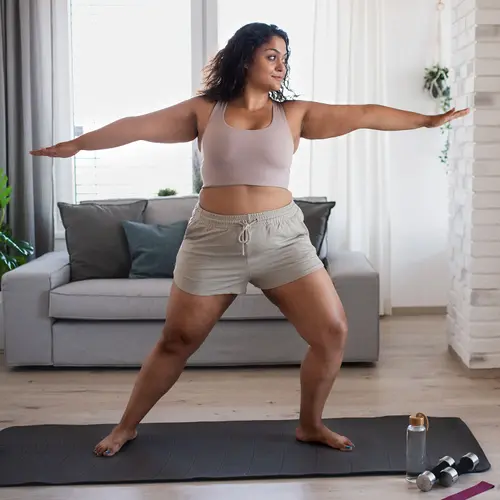Running a 10k event is a fantastic achievement that can bring a strong sense of accomplishment into your life. However, it is also something that takes discipline, strength, and commitment. So follow along to learn how to get ready for your first 10k; it could be your first step into the world of distance running.
What Do I Need to Start Training?
In order to start training, there are some supplies that will help, including:
- Good running shoes. Quality running shoes are worth the expense. Getting the appropriate footwear is essential for comfort, injury prevention, and effective training. The best place to buy suitable running shoes is from a specialty retailer, rather than a large chain store. Being able to talk to a specialist about your specific feet and the types of runs you want to do is the best way to ensure you find the right shoes.
- Socks. When you first begin, regular socks will be excellent for your runs. However, as you run more and more, you might want to invest in socks designed for running. These socks will help wick away sweat, pad your feet, and prevent blisters.
- Pants to run in. Depending on the time of year and location you are running in, you will want to purchase some running shorts or pants. The shorts you buy should be lightweight and breathable. During colder weather, you should wear fitness tights that will keep your legs warm, which helps prevent muscle strain and injury.
- Exercise shirts. Buy shirts that fit well to prevent constriction and chafing. Your shirts should also be a balance of lightweight and protective materials. In colder weather, you can wear a warm running jacket.
- Sunglasses. The last thing you want is for the sun to be in your eyes the entire time you are training. A good pair of running glasses will be comfortable, won't move around as you run, and will be made from durable material.
- Sports bras. For women, a well-made sports bra that is neither tight nor loose is essential for running. You may have to shop around for the perfect bra for you and try a few different ones before you find the perfect fit.
- Seasonal clothing. Be sure to get seasonally appropriate items like gloves, hats, or other specialized winter running gear. Being too hot or too cold is not suitable for your training and could lead to injury.
Where and When Should I Train?
The amazing part about running is that you can run practically anywhere. You can run in the gym, at the beach, in parks, on trails, or on running tracks. Choosing where to run is up to you. When you first start out, make sure to train in as many local places as possible, then branch out from there. Be sure to switch your running route often to keep things interesting.
As for when to train, that is also up to you. You can train early in the morning or late at night. However, it has been found that early afternoon is the most ideal time to train. This is because you are warmed up enough for your body to be relaxed and also have the chance to hydrate and nourish yourself well both before and after the run.
How Do I Structure My Training?
The two most important concepts in training are measurable improvement and adequate rest. You will need to quantify your progress in terms of distance or speed. This will allow you to track your progress. You will also need to rest and recover from your runs frequently. Recovery is how your body changes and adapts to new levels of fitness, and without it you won't improve nearly as quickly.
Here is a general guide for structuring your training sessions:
- Warm-Up. Warmups should be at least five minutes. The goal of them is to get your blood moving and loosen up your muscles to prepare them for the workout.
- Mobility. Try and get in some exercises to loosen up your joints and increase your range of movement.
- Running.
- Cool down. After your main session, it’s good to do a light jog or walk to bring your heart rate and temperature down slowly.
- Stretch. After you cool down, you should stretch and try to increase your flexibility while your body is relaxed and opened up after the run.
Usually, training for a 10k takes around eight weeks. Beforehand, you should plan out how much distance you plan to cover each week. A sample of what to expect for each week could be:
- Week one. This should be your stretching/planning warmup workout.
- Week two. This week you should expect to kick off your training through interval running in sets of 200-400m.
- Week three. Amp up your training this week by running between two and four miles straight.
- Week four. During this week, simply try to introduce hills into your training sessions.
- Week five. This week you should incorporate at least one session that includes between 10 and 14 400m runs.
- Week six. You should do the same interval runs this week but finish out your week with a longer distance.
- Week seven-eight. These two weeks are when you should ramp up the intensity and then ramp down in the last few days to make sure you're rested for the 10k.

